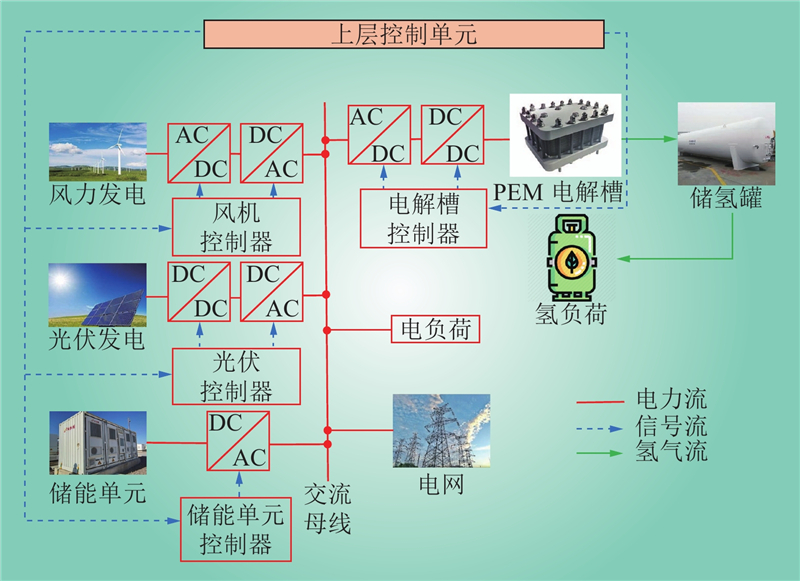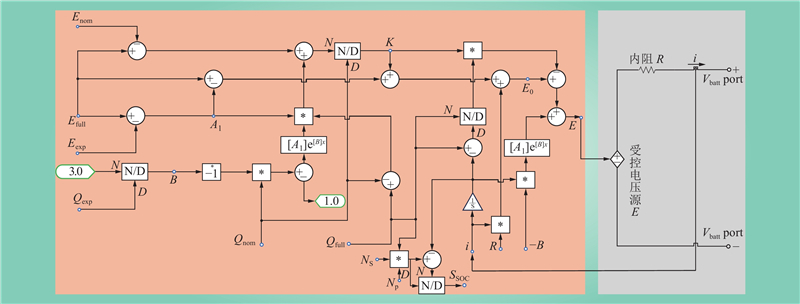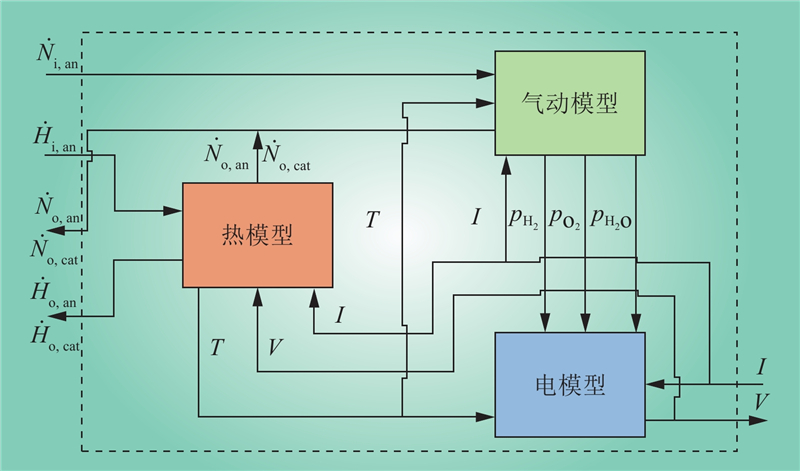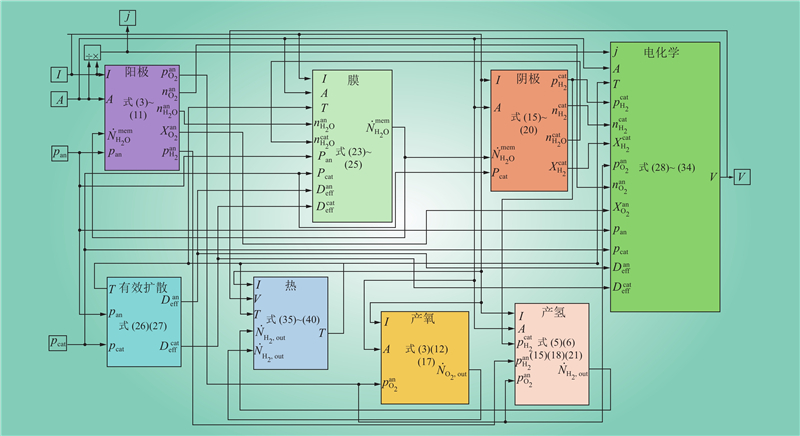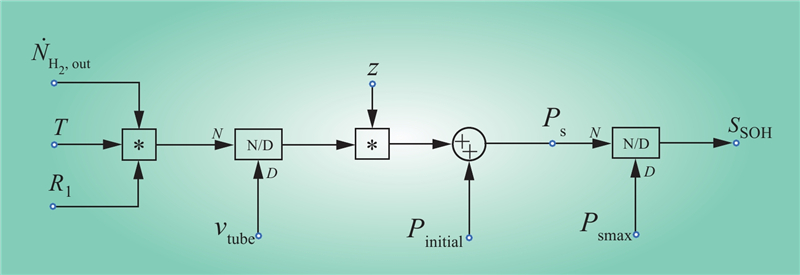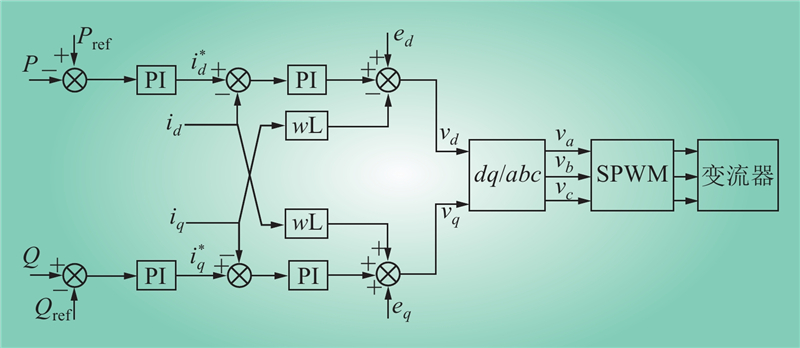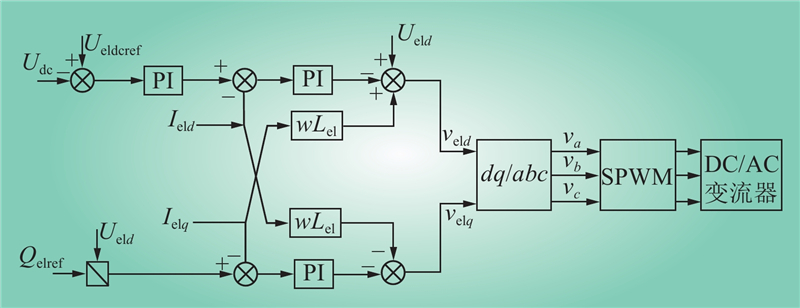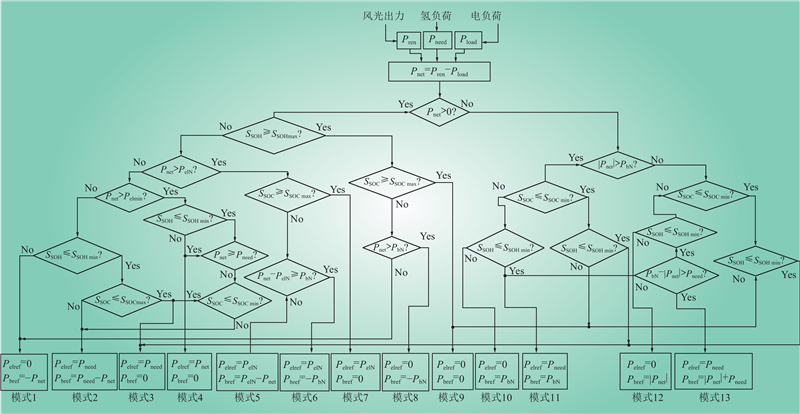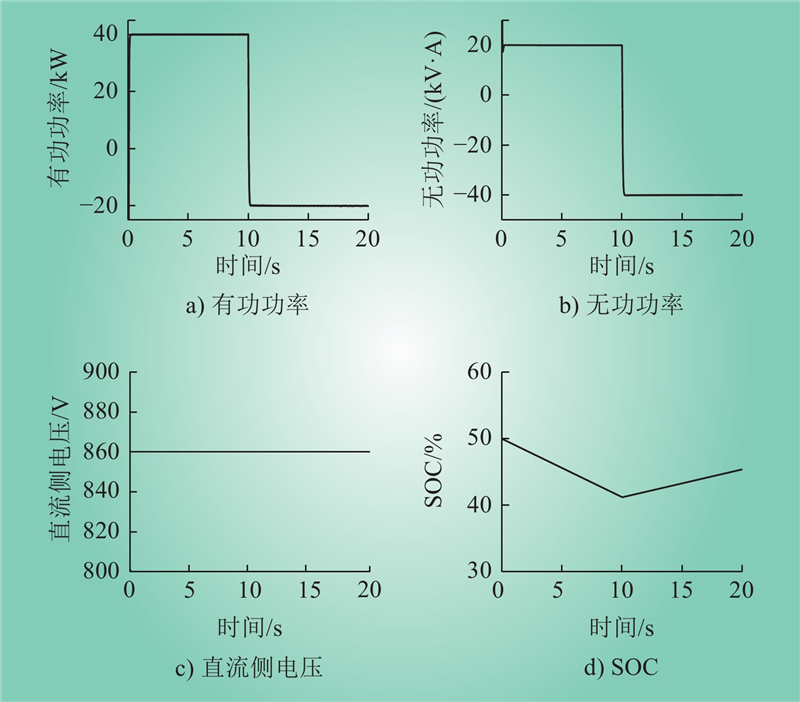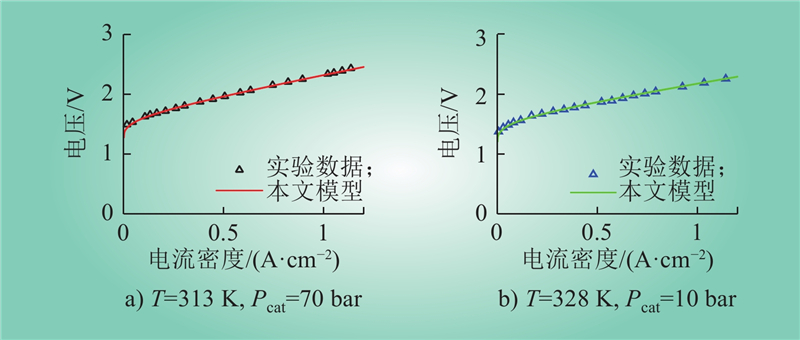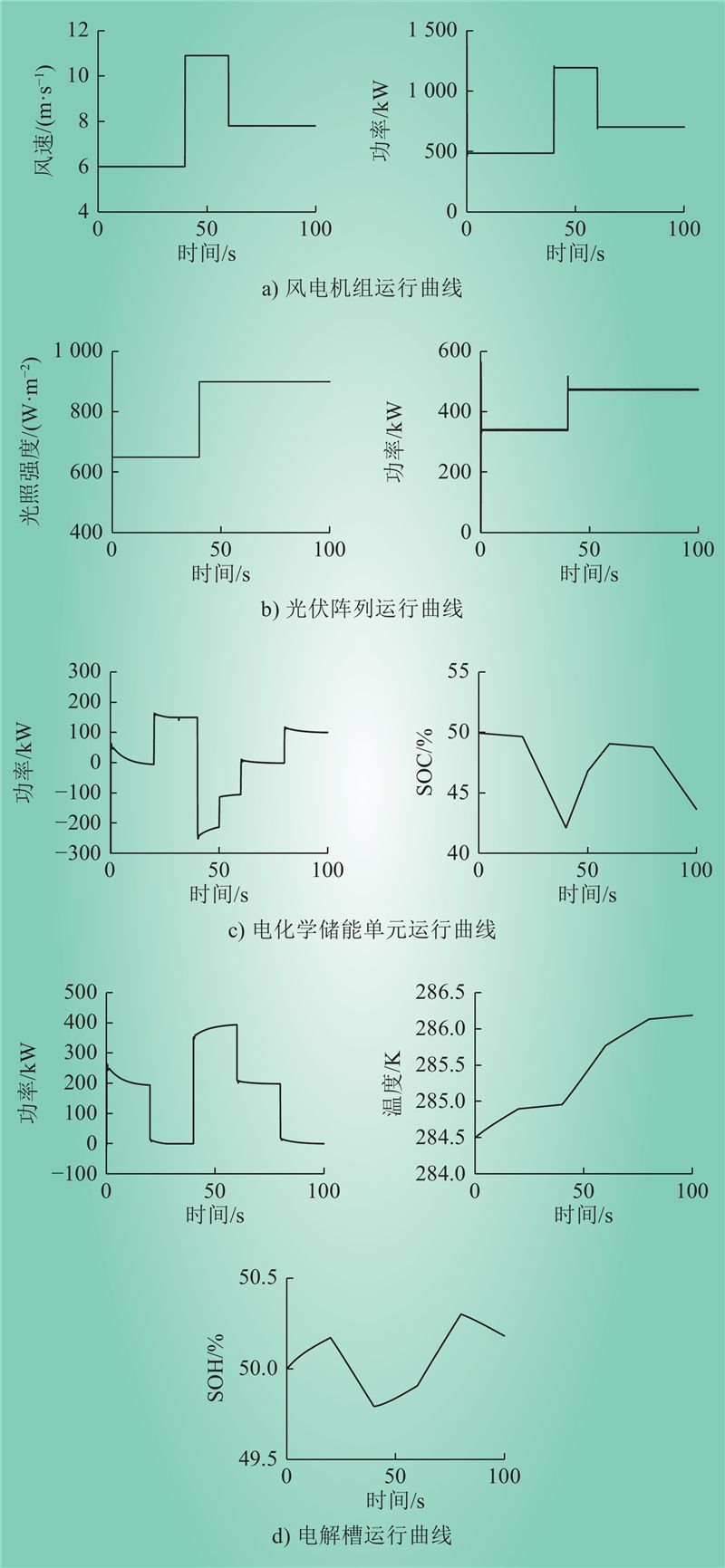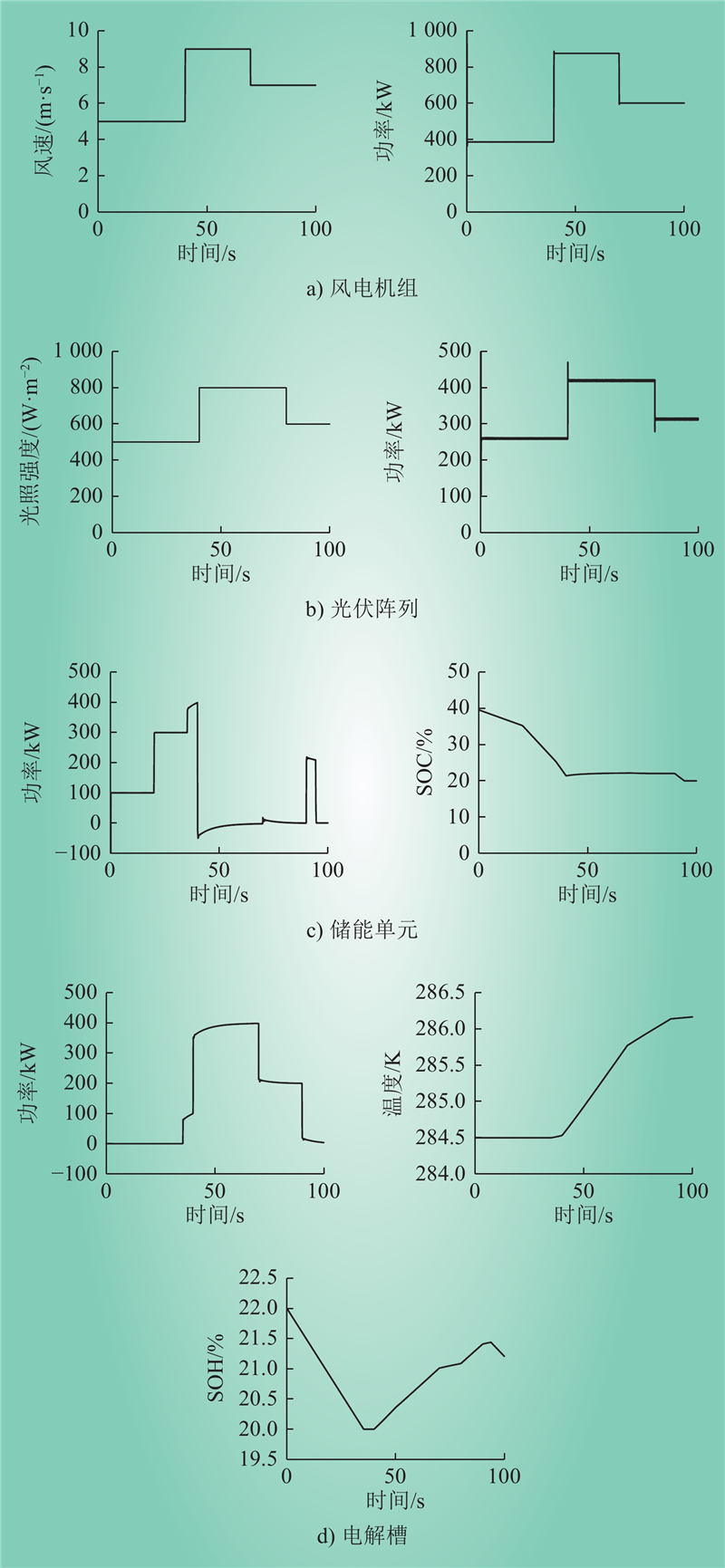| 1 |
段青熙, 袁铁江, 梅生伟, 等. 风电–氢储能与煤化工多能耦合系统能量协调控制策略[J]. 高电压技术, 2018, 44 (1): 176- 186.
|
|
DUAN Qingxi, YUAN Tiejiang, MEI Shengwei, et al. Energy coordination control of wind power-hydrogen energy storage and coal chemical multi-functional coupling system[J]. High Voltage Engineering, 2018, 44 (1): 176- 186.
|
| 2 |
张帆, 王博文, 樊林浩, 等. 光伏发电制氢储能系统仿真及性能分析研究[J]. 工程热物理学报, 2022, 43 (10): 2653- 2658.
|
|
ZHANG Fan, WANG Bowen, FAN Linhao, et al. Development of photovoltaic-electrolyzer-fuel cell system for hydrogen production and power generation[J]. Journal of Engineering Thermophysics, 2022, 43 (10): 2653- 2658.
|
| 3 |
邓浩, 陈洁, 焦东东, 等. 风氢耦合并网系统能量管理控制策略[J]. 高电压技术, 2020, 46 (1): 99- 106.
|
|
DENG Hao, CHEN Jie, JIAO Dongdong, et al. Control strategy for energy management of hybrid grid-connected system of wind and hydrogen[J]. High Voltage Engineering, 2020, 46 (1): 99- 106.
|
| 4 |
邓浩, 陈洁, 腾扬新, 等. 风氢耦合系统能量管理策略研究[J]. 太阳能学报, 2021, 42 (1): 256- 263.
|
|
DENG Hao, CHEN Jie, TENG Yangxin, et al. Energy management strategy of wind power coupled with hydrogen system[J]. Acta Energiae Solaris Sinica, 2021, 42 (1): 256- 263.
|
| 5 |
王琛, 孟建辉, 王毅, 等. 考虑蓄电池荷电状态的孤岛直流微网多源协调控制策略[J]. 高电压技术, 2018, 44 (1): 160- 168.
|
|
WANG Chen, MENG Jianhui, WANG Yi, et al. Multi-source coordinated control strategy considering battery's SOC for islanded DC microgrid[J]. High Voltage Engineering, 2018, 44 (1): 160- 168.
|
| 6 |
李辉, 黄瑶妹, 马飞. 基于荷电状态的混合储能系统协调控制策略[J]. 中国电力, 2017, 50 (1): 158- 163.
DOI
|
|
LI Hui, HUANG Yaomei, MA Fei. Coordinated control strategy for hybrid energy storage system based on state of charge[J]. Electric Power, 2017, 50 (1): 158- 163.
DOI
|
| 7 |
张学, 裴玮, 梅春晓, 等. 含电/氢复合储能系统的孤岛直流微电网模糊功率分配策略与协调控制方法[J]. 高电压技术, 2022, 48 (3): 958- 968.
|
|
ZHANG Xue, PEI Wei, MEI Chunxiao, et al. Fuzzy power allocation strategy and coordinated control method of islanding DC microgrid with electricity/hydrogen hybrid energy storage systems[J]. High Voltage Engineering, 2022, 48 (3): 958- 968.
|
| 8 |
王激华, 叶夏明, 秦如意, 等. 基于指数型下垂控制的氢电混合储能微网协调控制策略研究[J]. 中国电力, 2023, 56 (7): 43- 53.
|
|
WANG Jihua, YE Xiaming, QIN Ruyi, et al. Research on coordinated control strategy of hydrogen-electric hybrid energy storage microgrid based on exponential-function-based droop control[J]. Electric Power, 2023, 56 (7): 43- 53.
|
| 9 |
张虹, 孙权, 李占军, 等. 风氢耦合系统协同控制发电策略研究[J]. 东北电力大学学报, 2018, 38 (3): 15- 23.
DOI
|
|
ZHANG Hong, SUN Quan, LI Zhanjun, et al. Research on synergistic control strategy of wind power coupled with hydrogen system[J]. Journal of Northeast Electric Power University, 2018, 38 (3): 15- 23.
DOI
|
| 10 |
MARANGIO F, PAGANI M, SANTARELLI M, et al. Concept of a high pressure PEM electrolyser prototype[J]. International Journal of Hydrogen Energy, 2011, 36 (13): 7807- 7815.
DOI
|
| 11 |
严干贵, 魏治成, 穆钢, 等. 直驱永磁同步风电机组的动态建模与运行控制[J]. 电力系统及其自动化学报, 2009, 21 (6): 34- 39.
DOI
|
|
YAN Gangui, WEI Zhicheng, MU Gang, et al. Dynamic modeling and control of directly-driven permanent magnet synchronous generator wind turbine[J]. Proceedings of the CSU-EPSA, 2009, 21 (6): 34- 39.
DOI
|
| 12 |
MOJALLAL A, LOTFIFARD S. Enhancement of grid connected PV arrays fault ride through and post fault recovery performance[J]. IEEE Transactions on Smart Grid, 2019, 10 (1): 546- 555.
DOI
|
| 13 |
罗茜, 陈卓, 郝正航, 等. 基于新型趋近律的光伏MPPT控制策略[J]. 电力系统保护与控制, 2023, 51 (5): 139- 153.
|
|
LUO Qian, CHEN Zhuo, HAO Zhenghang, et al. MPPT control strategy based on a new reaching law for a photovoltaic power system[J]. Power System Protection and Control, 2023, 51 (5): 139- 153.
|
| 14 |
蔡国伟, 孔令国, 潘超, 等. 风光储联合发电系统的建模及并网控制策略[J]. 电工技术学报, 2013, 28 (9): 196- 204.
DOI
|
|
CAI Guowei, KONG Lingguo, PAN Chao, et al. System modeling of wind-PV-ES hybrid power system and its control strategy for grid-connected[J]. Transactions of China Electrotechnical Society, 2013, 28 (9): 196- 204.
DOI
|
| 15 |
RUIZ DIAZ D F, VALENZUELA E, WANG Y. A component-level model of polymer electrolyte membrane electrolysis cells for hydrogen production[J]. Applied Energy, 2022, 321, 119398.
DOI
|
| 16 |
SCHALENBACH M, HOEFNER T, PACIOK P, et al. Gas permeation through nafion. part 1: measurements[J]. Journal of Physical Chemistry C, 2015, 119, 25145- 25155.
DOI
|
| 17 |
SCHALENBACH M, HOEH M A, GOSTICK J T, et al. Gas permeation through nafion. part 2: resistor network model[J]. The Journal of Physical Chemistry C, 2015, 119 (45): 25156- 25169.
DOI
|
| 18 |
MORADI NAFCHI F, AFSHARI E, BANIASADI E. Thermal and electrochemical analyses of a polymer electrolyte membrane electrolyzer[J]. International Journal of Hydrogen Energy, 2022, 47 (95): 40172- 40183.
DOI
|
| 19 |
HERNÁNDEZ-PACHECO E, SINGH D, HUTTON P N, et al. A macro-level model for determining the performance characteristics of solid oxide fuel cells[J]. Journal of Power Sources, 2004, 138 (1/2): 174- 186.
|
| 20 |
LISO V, SAVOIA G, ARAYA S S, et al. Modelling and experimental analysis of a polymer electrolyte membrane water electrolysis cell at different operating temperatures[J]. Energies, 2018, 11 (12): 3273.
DOI
|
| 21 |
ESPINOSA-LÓPEZ M, DARRAS C, POGGI P, et al. Modelling and experimental validation of a 46 kW PEM high pressure water electrolyzer[J]. Renewable Energy, 2018, 119, 160- 173.
DOI
|
| 22 |
XIAO J S, HU M, BÉNARD P, et al. Simulation of hydrogen storage tank packed with metal-organic framework[J]. International Journal of Hydrogen Energy, 2013, 38 (29): 13000- 13010.
DOI
|
| 23 |
程志江, 李永东, 谢永流, 等. 带超级电容的光伏发电微网系统混合储能控制策略[J]. 电网技术, 2015, 39 (10): 2739- 2745.
|
|
CHENG Zhijiang, LI Yongdong, XIE Yongliu, et al. Control strategy for hybrid energy storage of photovoltaic generation microgrid system with super capacitor[J]. Power System Technology, 2015, 39 (10): 2739- 2745.
|
| 24 |
HOSSAIN M B, ISLAM M R, MUTTAQI K M, et al. Modeling and performance analysis of renewable hydrogen energy hub connected to an ac/dc hybrid microgrid[J]. International Journal of Hydrogen Energy, 2022, 47 (66): 28626- 28644.
DOI
|
| 25 |
刘伟增, 周洪伟, 张磊, 等. 电网不平衡条件下光伏并网控制策略研究[J]. 太阳能学报, 2013, 34 (4): 647- 652.
DOI
|
|
LIU Weizeng, ZHOU Hongwei, ZHANG Lei, et al. Study on control strategy of grid-connected PV inverter under unbalanced grid conditions[J]. Acta Energiae Solaris Sinica, 2013, 34 (4): 647- 652.
DOI
|
| 26 |
DANG J, YANG F Y, LI Y Y, et al. Experiments and microsimulation of high-pressure single-cell PEM electrolyzer[J]. Applied Energy, 2022, 321, 119351.
DOI
|


